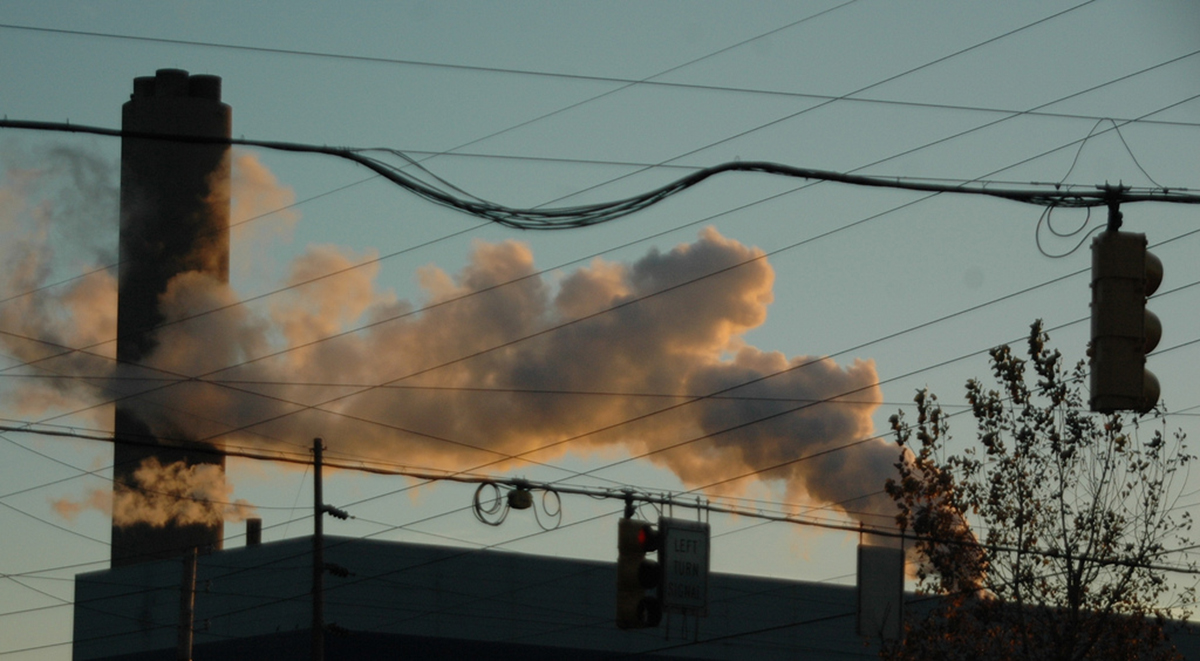Table of Contents
The Centers for Disease Control and Prevention (CDC) reports that lung cancer is the most common cause of death from cancer in the US. In 2010, more than 201,000 people were newly diagnosed with the disease and it was projected that in 2013, the numbers would have reached 228,000. Tobacco-smoking has been recognized as the most common cause of lung cancer, with about ninety percent of patients having a history of tobacco use. It is estimated that a person who consumes one pack of cigarettes daily has a risk for developing lung cancer that is 25 times that of a non-smoker.

Lately, however, cancer researchers have found that there has been an increase in the number of people who are non-smokers who are developing the disease. In fact, according to a CNN news report, the World Health Organization (WHO) has recently declared that air pollution is a leading cause of lung cancer. Considering that air outdoors and indoors can be polluted by many types of particles and chemicals, this means that almost anyone can get lung cancer.
What Pollutes the Air We Breathe
Air pollution is known to be a significant factor that contributes to the development of respiratory diseases such as asthma and bronchitis, as well heart disease. Rapid industrialization in many countries has increased the exposure of many people around the world to air pollution. Recent studies show that more than 220,000 deaths due to lung cancer may be attributed to air pollution.
An international panel of experts comprising the WHO’s International Agency for Research on Cancer (IARC) has found evidence that outdoor air pollution can definitely cause lung cancer. After analyzing data from more than 1,000 research papers from North and South America, Europe, and Asia, they have come to a conclusion that outdoor air pollution, including particulate matter, is carcinogenic (cancer-causing) to humans.
Read More: Blame Pollution for the Diabetes and Obesity Epidemics?
It has been difficult to study the effects of air pollution in the past because, for one thing, individual exposure is not easy to measure. People live, work and travel in places with varying pollution levels. Seasonal changes and variations in weather can also affect levels of air pollution. However, we know that the main sources of air pollutants come from transportation (diesel exhaust), industrialization, agricultural emissions, fossil fuels, and fuels used in homes for heating and cooking. Other types of air pollutants are particulate matter, including dust. Most studies, however, only look into the health effects of a few substances that are subject to regulation of air quality around the world.
The air may also be polluted by other substances such as ozone gas, nitrogen dioxide, carbon monoxide, sulfur dioxide and polycyclic aromatic hydrocarbons (PAHs). PAHs constitute a large group of chemicals, over 500 types of which have been found to pollute the air and some of which can cause cancer.
- CNN. Stigma lingers for deadliest cancer. http://edition.cnn.com/2013/10/30/health/sequist-lung-cancer-stigma/index.html
- Cancer Research UK. The link between air pollution and cancer. http://www.cancerresearchuk.org/cancer-info/healthyliving/harmfulsubstances/airpollutionandradon/harmful-substances-and-cancer-air-pollution-and-radon
- American Lung Association. Indoor Air Quality. http://www.lung.org/associations/charters/mid-atlantic/air-quality/indoor-air-quality.html
- IARC Press Release:Outdoor air pollution a leading environmental cause of cancer deaths. http://www.iarc.fr/en/media-centre/pr/2013/pdfs/pr221_E.pdf
- Photo courtesy of Steve Baker by Flickr : www.flickr.com/photos/littlebiglens/10790855755/
- Photo courtesy of rodtuk by Flickr : www.flickr.com/photos/roderickt-uk/11876458735/
- www.cnn.com
- www.cancerresearchuk.org
- www.lung.org
- www.iarc.fr


Your thoughts on this